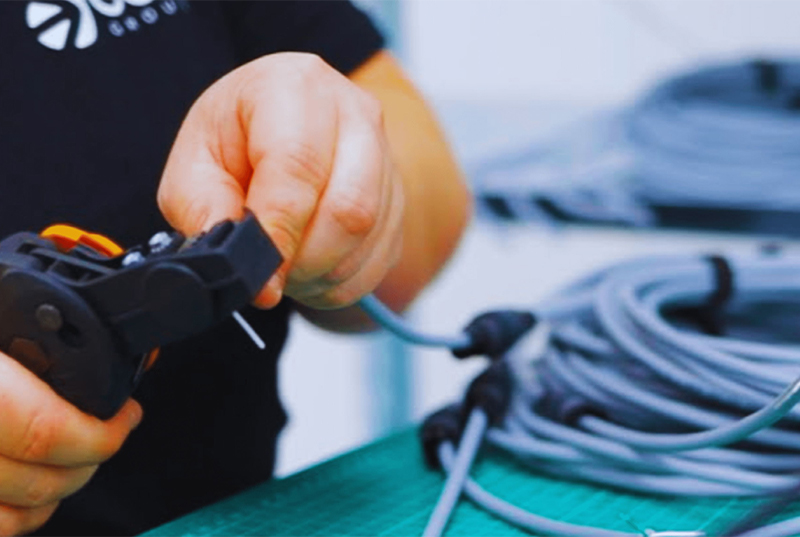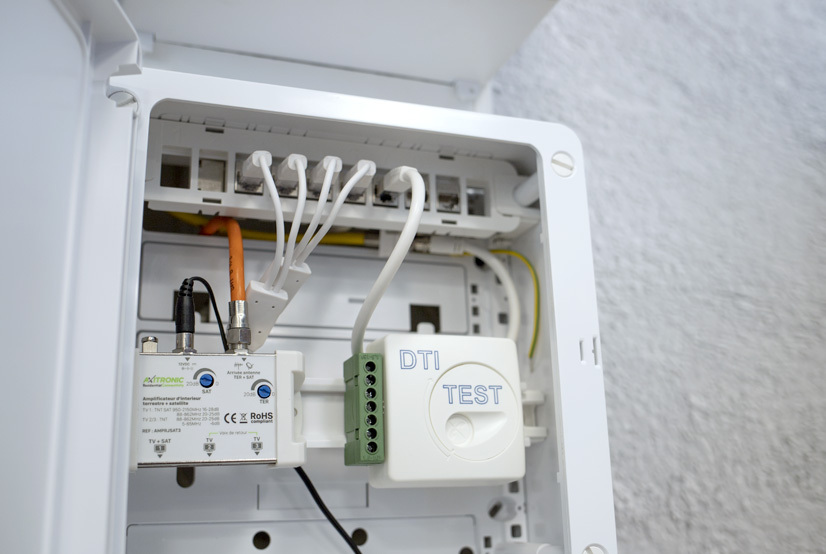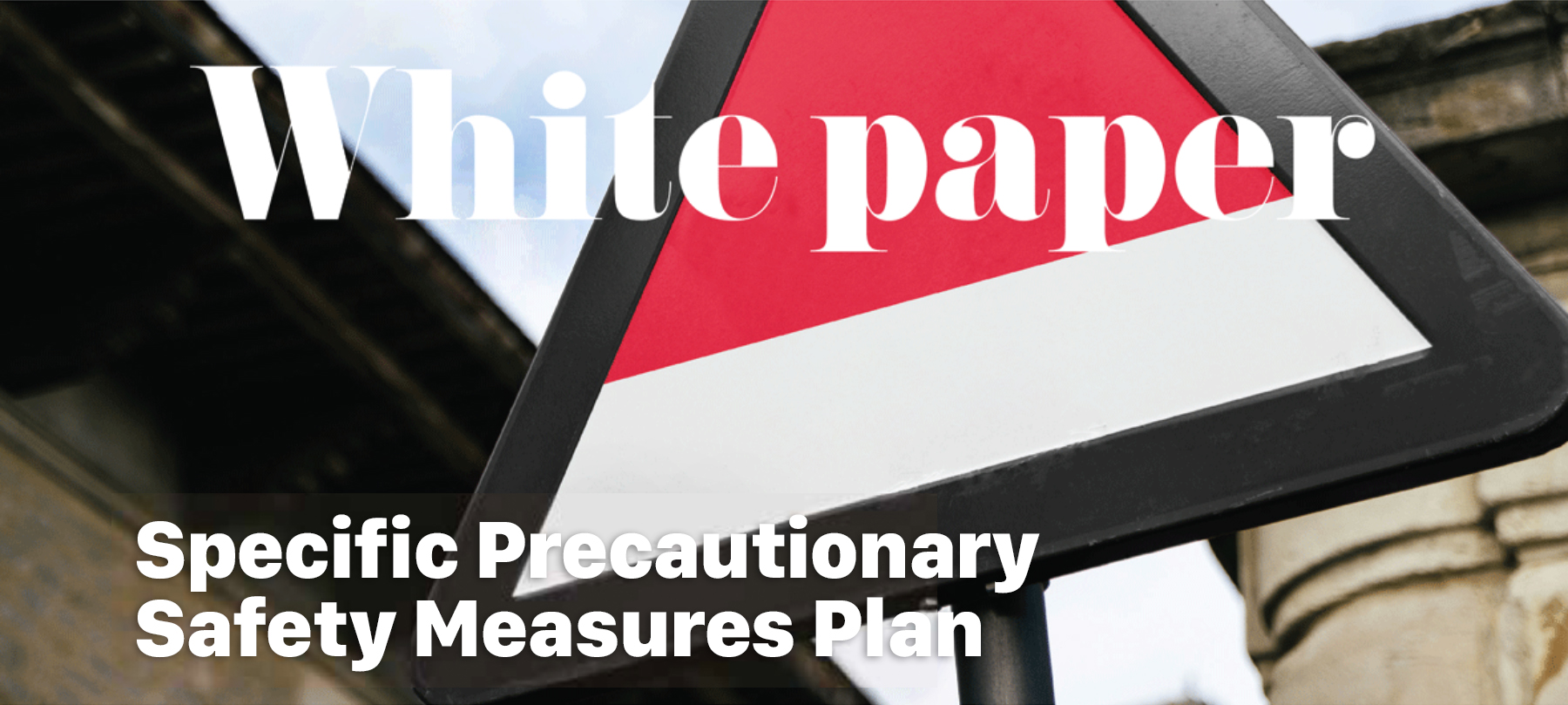

In 2002, a special safety measures plan for dealing with major risks – PPMS – was prepared by the government, intended for educational establishments (Circular no.2002-119 of 29 May 2002).
The goal of PPMS is to set up a specific procedure for every establishment to ensure that pupils and staff stay safe in the event of an accident, until emergency services arrive.
All establishments need to have identified the major risks to which people may be exposed in the immediate area.
These risks may be :
NATURAL
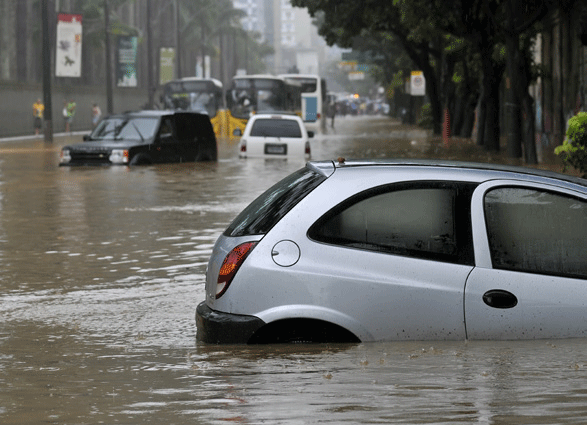

Lowland flooding, torrential rain, landslides, avalanches, forest fires, earthquakes, storms
TECHNOLOGICAL
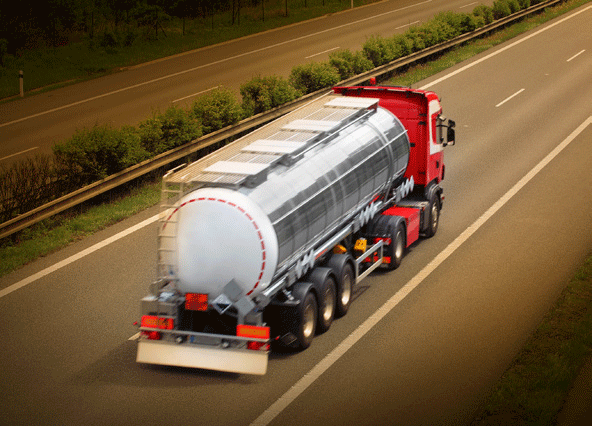

Industrial (fire, explosion, toxic cloud), nuclear (radioactive cloud), dam bursting (flooding), transport of dangerous materials by road, rail or pipeline (fire, explosion, toxic cloud)
PROXIMITY RISKS


Industries carrying risks within a close perimeter...
2015 ∙ PPMS, a plan that spreads to all French educational establisments
The risk of terror attack and intrusion by unauthorised persons has been added to the list of potential hazards and has made this a general plan for all schools on French territory. (Circular no.2015-205 of 25/11/05)
The objective of the PPMS is to set up an organisational structure and set of resources to ensure that occupants of an educational establishment can stay safe whilst they wait for the arrival of the emergency services.
This plan requires each establishment to :
LIST POTENTIAL RISKS |
|
Natural, technological, proximity |


KNOW AL EXISTING MEANS OF ALERT |
|
Authorities, emergency services, media... |


BE ABLE TO RAISE AN ALARM SIGNAL |
|
Different and distinguishable from the fire alarm |


PUT TOGETHER FIRST-AID KITS |
|
Kits, lights, radios, water bottles... |


IDENTIFY SAFE ZONES |
|
Secure Waiting Area |


INFORM PERSONS ATTENDING THE ESTABLISHMENT |
|
Organise alert drills |


Organisation and choice of technical resources to be deployed are left up to the choice of each headteacher.
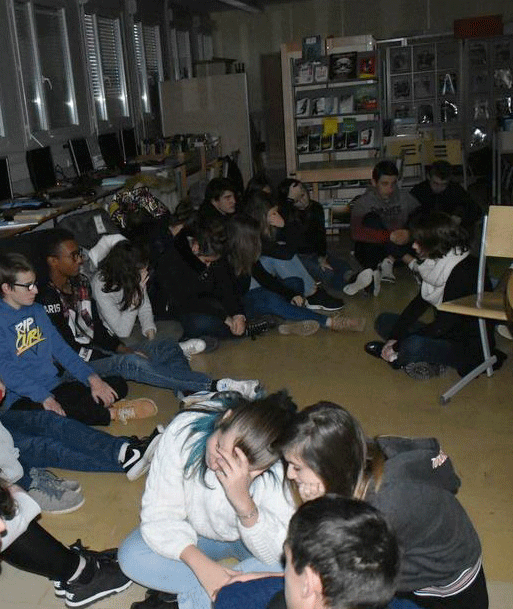

Crédits photo © Agence ISSOIRE
The PPMS must be suitable for the specific features of the educational establishment. It needs to take into account building layouts, number of auxiliary buildings, staff, and the major risks related to its environment. Faced with a major risk, the safety of individuals depends on the speed and quality of the alert raised. In order for such an alert system to be effective, it must be linked to a type of risk, which should ideally indicate the particular conduct to be adopted by each individual.
In the event of an alert, safety is ensured by sheltering or by evacuation.
Sheltering
Allows for safety of occupants of an establishment in an enclosed space by sealing up the air inlets.
Containment
Ensures safety in a space that has been designed to be sealed off. This is a space with special technical features.
PPMS, a plan to be developed
Educational complexes aren't the only places facing natural and technological risks or intrusions/terror attacks.


PUBLIC AND PRIVATE HOSPITALS
The Ministry of Health is currently reflecting on a PPMS adapted to public and private hospitals.
Ultimately, this would involve :
• 983 public health establishments
• 1047 private health establishments
• 754 private non-profit health establishments


COMPANIES AND BUILDINGS OPEN TO THE PUBLIC
A plan is currently under consideration for safety organisation regarding companies and buildings open to the public.
This plan offers :
• the ability to ensure that people remain safe (employees and visitors) by sheltering them
• the ability to limit the economic impact of a natural disaster by securing production equipment, stocks and other items
• activity being able to resume more quickly after a disaster
The PPMS is part of the 3As approach
Anticipate |
|
know and evaluate risks |
Act |
|
protect and stay safe; alert and assist |
Acquire understanding |
|
know more in order to better anticipate |
The alert
The alert needs to be effective and fast. It is important that every occupant of the establishment has the right attitude in the event of a PPMS alert.
1. Reception
The establishment may receive the alert from :
• The authorities : town hall, police station, academic inspection body
• The emergency services
• A siren broadcasting a national alert signal
In the event of a local danger or intrusion by dangerous individuals, the head of the school or establishment may need to trigger the alert him or herself
2. Broadcasting
Depending on the risks concerned, the establishment may be equipped with one or more different alerts. It is possible to give the alert by: voice, whistle, megaphone, foghorn... or a special PPMS device.
THE PPMS ALERT MUST HAVE A SOUND THAT IS DISTINGUISHABLE FROM THE FIRE ALARM
START OF MAJOR ACCIDENT ALERT


The alert is raised by the national alert signal : Siren with modulated sound 3 x 1.40 min with 5 s intervals. (B.O. of 30 May 2002)
INTRUSION ALERT


Specific sound alarm for intrusion, to indicate that people should go into a containment area. Sound determined individually by each establishment, programming of messages on request
3. Lifting of alert
The end of the alert will be communicated to the head of the establishment by the authorities.
END OF MAJOR ACCIDENT ALERT


Siren with continuous sound (B.O. of 30 May 2002)
Instruction
The PPMS defines the conduct to adopt when facing each of the risks to which the establishment may be exposed. In order to ensure that these instructions are followed, they need to be communicated, explained and practised through simulation.
PPMS drills may vary from simple recognition of the alarm to going to shelter.
Legislation corner
Act 2004-811 of 13 August 2004 on the modernisation of civil defence.
Internal security code, Article L 741-1.
Education code, Articles D 312-40 à 42
Circular no.2015-205 of 25 November 2015 concerning PPMSs for major risks.
Circular no.2006-085 of 24 May 2006 concerning education for responsibility in schools and colleges.
DFER/SDACE memo no.2002-2037 of 15 April 2002 concerning major risks (for agricultural education).
Technical instruction DGER/SDEDC/2015-153 of 10 February 2015 – Management of emergency situations in agricultural technical education establishments – provisions to be updated.
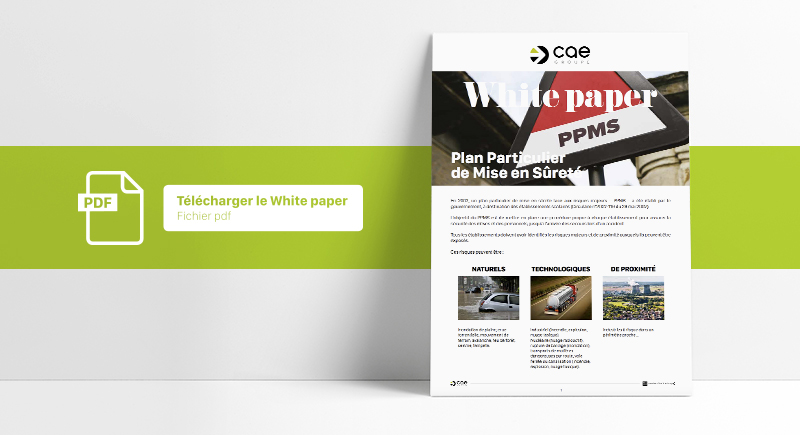



To find out more,
please don't hesitate to contact us
AXCEB, a major player in comfort and security sound systems, an expert in audio flow management in large buildings, offers a range of PPMS solutions for the school environment, easy to implement, highly modular and very affordable. AXCEB is highly competitive, technically and economically, as a result of offering an analogue range and a hybrid IP solution.

